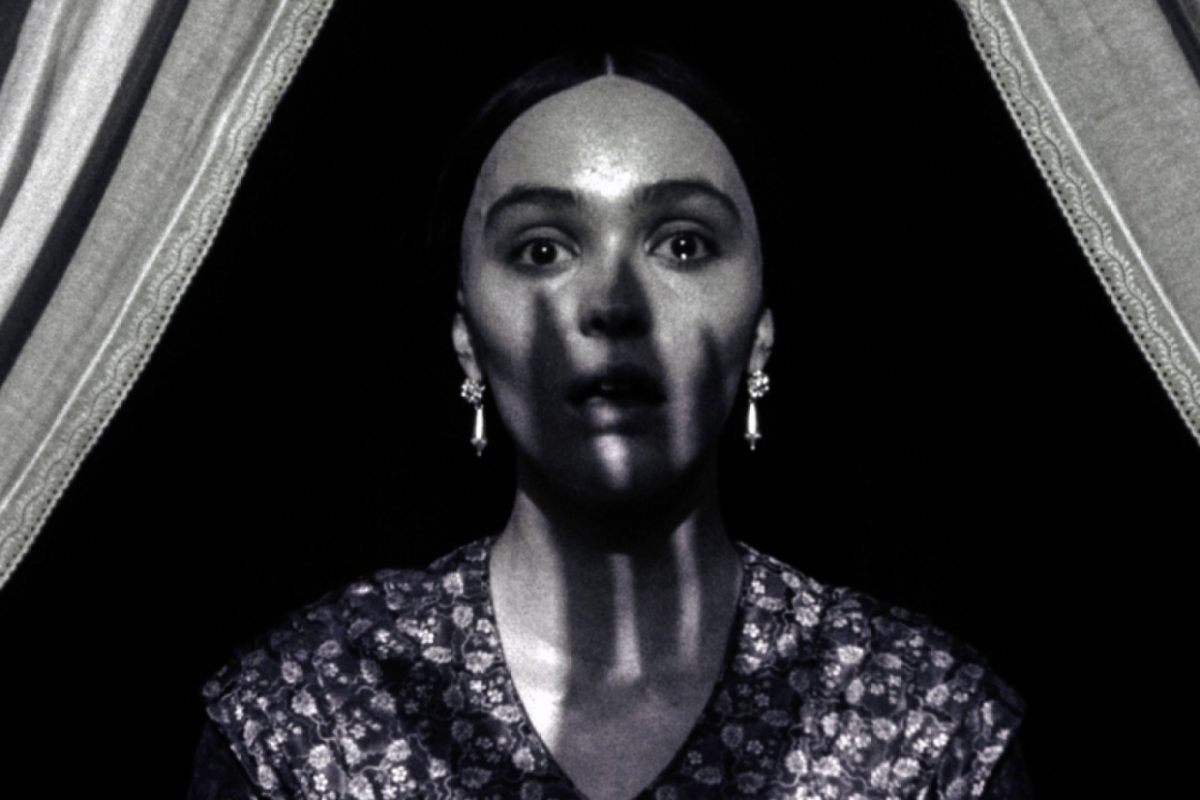
At the Saint Louis Art Museum the current featured exhibit, “Impressionist France: Visions of Nation from Le Gray to Monet,” bids for your presence until July 6 with student tickets for only $12. Unlike some art exhibits, each piece compels onlookers to enter the painting or photograph with an active imagination. The exhibit’s displays of canvas and paint provide experiences of living perspectives to the audience, which ultimately accentuate the utter beauty of France.
The contrast of lighting and the depiction of gorgeous, colorful scenes of France generate emotions, sensations and contemplations in a distinct and moving fashion. The exhibit focuses on the years between 1850 and 1880 and features the works of painters such as Claude Monet and Edgar Degas alongside that of rising photographers of the time like Charles Marville and Gustave Le Grey. Each of these Impressionists famously documented the history and society of late nineteenth century France through their work. With the rise of photography, painters had to find a way to keep their work valuable and did so by painting realistic and aesthetically pleasing scenes in a technique that went against former traditional painting practices.
Impressionists embraced modernization by incorporating optimistic perspectives in scenes of industrialization. This helped promote the beauty in progressivism and reiterated the freedom behind their brushstrokes. They depicted nature as breathtaking and inspiring while their scenes of society were sophisticated and spirited. The Impressionists also incorporated new technologies such as steamships and railroads into their landscapes as invigorating and even romantic objects.
The smell of flowers, the invigorating wind coming off of the sea, the beckoning murmur of Parisian streets or the sensation of the sun’s radiant presence in a field all seem to encourage the audience to put the scene into motion through their own mind’s eye. Impressionistic artwork is certainly not a collection of static pieces hanging on the walls, but rather an invitation to enjoy a slice of life as seen by the artist. It is the audience’s job to add the dragonflies onto Monet’s lily pads and to exercise the muscles of Degas’ dancers. While admiring impressionistic artwork, a person doesn’t have to have an art history degree to discover its beauty, because they are scenes we can all find relatable.
At the Saint Louis Art Museum, the exhibit takes the viewer through the paintings in sections based on themes. First, museum-goers admire Impressionist cityscapes and monuments before being whisked away into breathtaking scenes of nature, agricultural life, mountains and oceans. The exhibit ends with the dawn of industrialization in works that still encapsulate the iconic elements of Impressionism. Together, the categories flatteringly define the country of France in a way that would fill any citizen pride. This was a critical boost for the French after being defeated in the Franco-Prussian War in the 1870s. Thanks to the Impressionists, pride for their nation was regained through the expressed visual characterization of a strong, beautiful and charming country.
The impact of history on the art allows the viewer to ignite the pieces with life. When walking through the rooms of paintings and photographic prints, one embarks on a journey that concludes with a genuine awe at the combination of ingredients that form the lovely and iconic visions we know as France.









